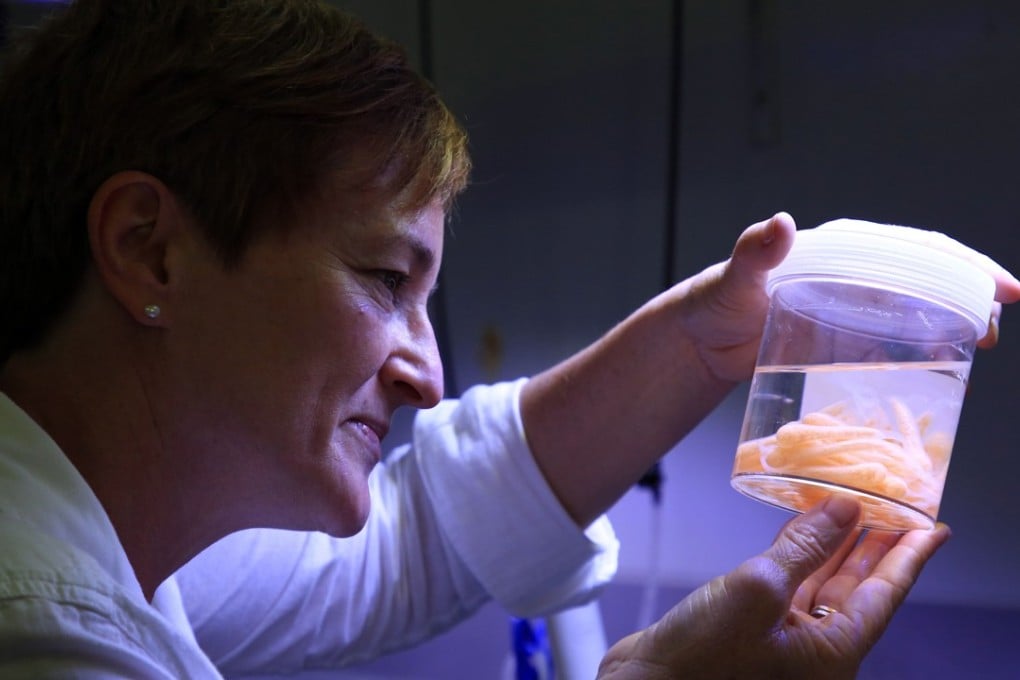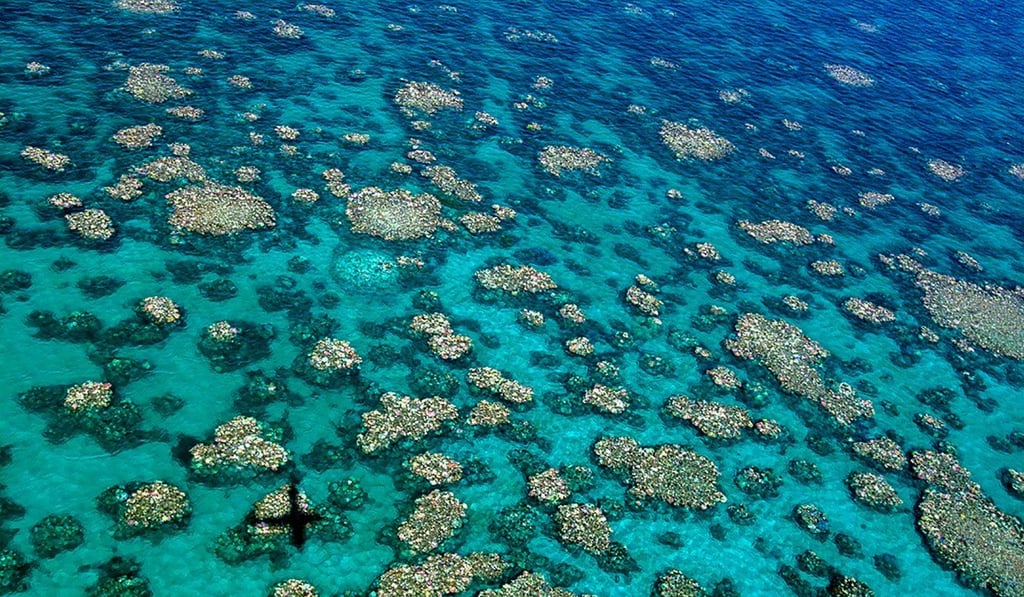Australia funds giant sea snail research in hope of rescuing Great Barrier Reef from harmful, thorny pest
Over the past 27 years, coral cover has halved on the giant living organism, with much of that attributed to the crown-of-thorns starfish

A giant starfish-eating snail could be unleashed to help save the Great Barrier Reef, officials said on Monday, with a trial underway to breed thousands of the rare species.
Predatory crown-of-thorns starfish, which munch coral, are naturally occurring but have proliferated because of pollution and run-off at the struggling World Heritage listed ecosystem.
Their impact has been profound with a major study of the 2,300km long reef’s health in 2012 showing coral cover had halved over the past 27 years, with 42 per cent of the damage attributed to the pest.
Now Australian Institute of Marine Science (AIMS) research has shown they avoid areas where the Pacific triton sea snail – also known as the giant triton – is present.
